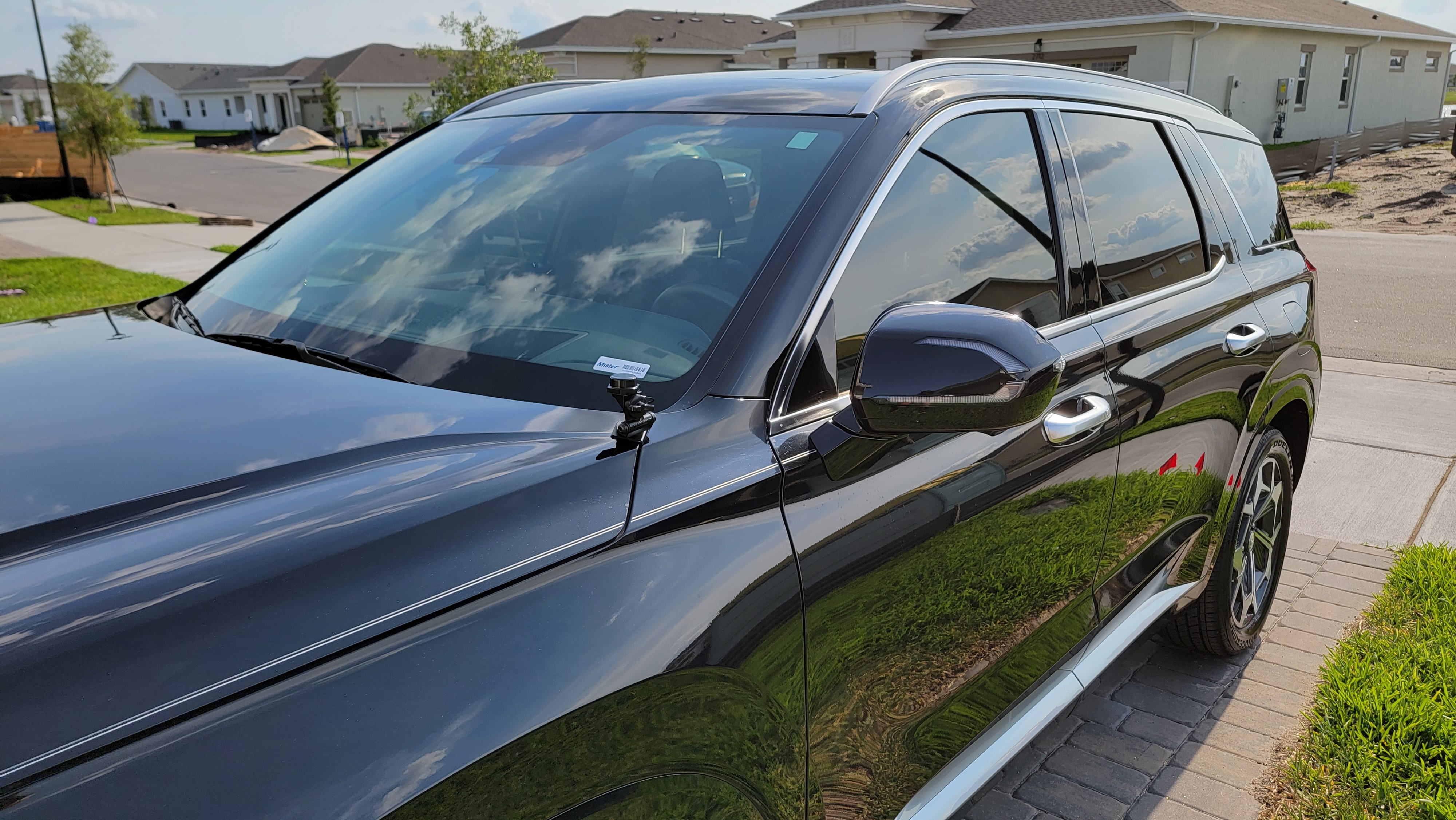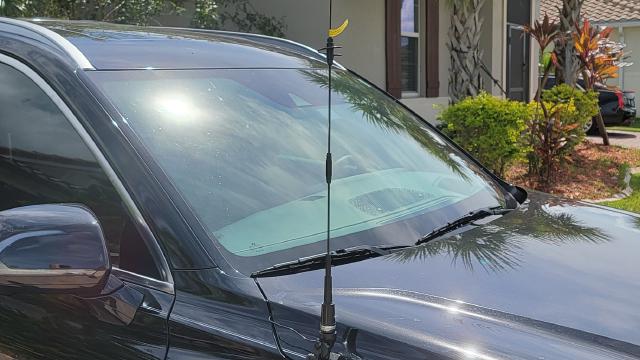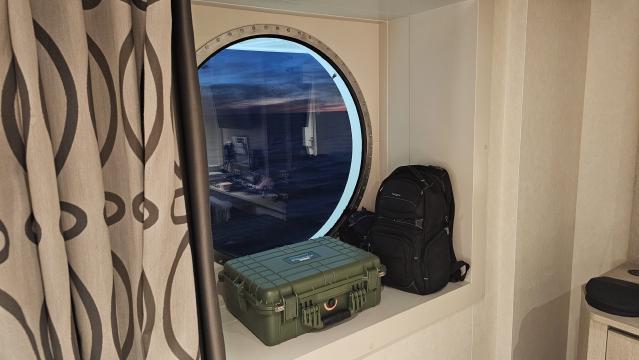As I had discussed previously my Hyundai Palisade was having an issue with TPMS interference that service center blamed on my radio. We have an update!
Catching up
So since the issue started happening back in October 2022 after my vehicle was in the shop for warranty work on the sunroof track, I’d been having several issues with the electronics systems. The TPMS would randomly pop up and not be recognizing the sensors in the rims, the blindspot cameras would flicker or not work at all, and Android Auto would flake out and stop responding.
The Android Auto issue I removed all other variables making sure the app was updated on my phone along with the phone itself, and it worked fine in every other vehicle I used Android Auto in. So I knew it was my vehicle having an issue.
The TPMS and blindspot surround view camera issue only started after the vehicle was in the shop, and despite the service center techs original finding that it was my Yaesu FTM-400XDR radio and Comet CA-2x4SRNMO antenna causing the issue, I found the timing a little too coincidental.
What we know
I recently picked my vehicle back up from the service center after they had it for the weekend to look into my complaints. I have since convinced the service advisor that the issue isn’t the radio and antenna as I had removed them from the vehicle and still had the issues. In fact, upon delivering the vehicle to the service center without the radio and antenna installed the TPMS alert was active.
They did find the Android Auto was related to an ICM System update that needed to be applied which apparently took several hours to perform. Add this to the list of why buying a vehicle during the COVID crisis wasn’t the best idea, not that I had a choice really in the matter. Thanks for that Bambi!
The TPMS and surround view cameras communicate with the vehicle over RF and after they checked their corporate tech-line, found that this interference is a known issue with a fix involving the application of faraday tape.
Where are we now
The ICM system update was performed and Android Auto has been performing better since I got the vehicle back. I’ve still had it flip out a few times while driving, but it is far less frequent than it was previously occuring. My vehicle is not equipped with the wireless Android Auto so I do have to use the USB cable and constantly inserting and removing it can cause issues so perhaps I’ll look into investing in the Motorola MA1 adapter that has recently come out.
The service center is still waiting on delivery of the faraday tape, so rather than keeping me in a loaner vehicle until it came in they returned my vehicle and I’ll take it back in when the tape arrives. In the meantime, I have the FTM-400XDR radio and my CA-2x4SRNMO antenna still out of the vehicle and just take my HT and Pi-Star hotspot with me. As soon as I get the call from the service center that they have received the faraday tape we will get it scheduled to take it back in to have them finish the job, and hopefully it will have the systems all working properly.
I’ve also asked the service advisor to also look into what frequency the TPMS sensors are actually operating on as I found in my research that they can operate on both 315 MHz and 433 MHz. Typically they use the 315 MHz frequency outside of Europe, but with the vehicle being Korean built I found information stating it could be using 433 MHz which would be inside the 70cm band plan here in the United States. The way TPMS works is that when the vehicle is turned on it sends a low frequency ping on 125 KHz to wake the sensors up. The sensors then transmit their information back to the receiver on the RF frequency, either 315 or 433 MHz. Some sensors are configurable to use either, while others are one or the other frequency. Give 433 MHz is inside the UHF band plan and with the number of UHF repeaters in the area, that could definitely lead to issues and not just from my radio.








